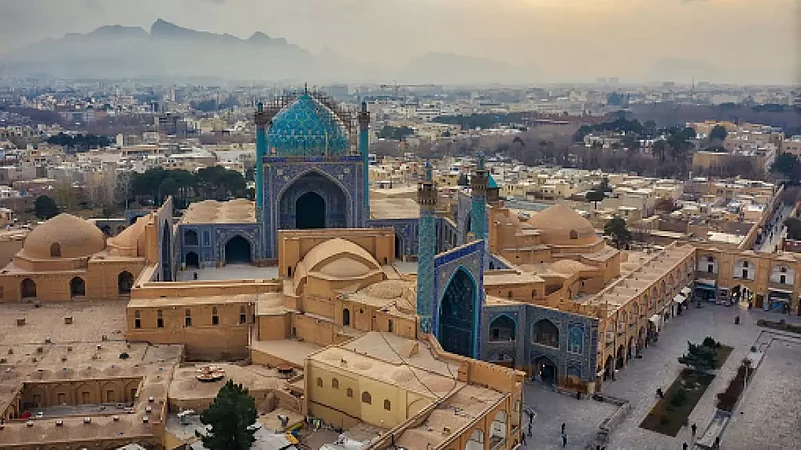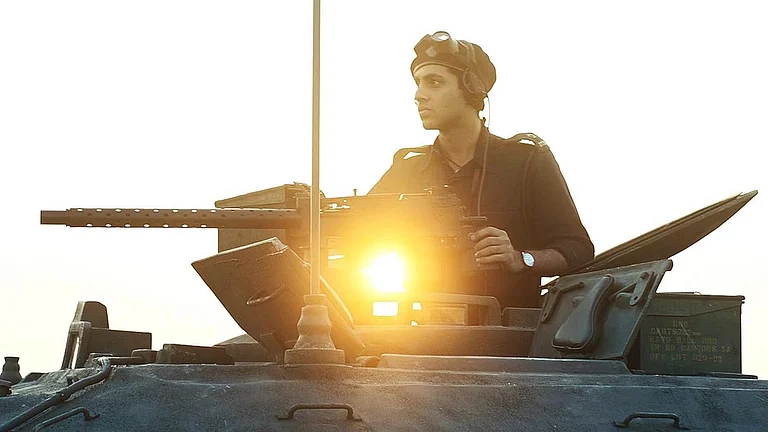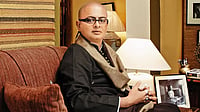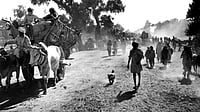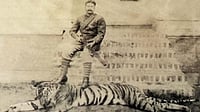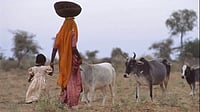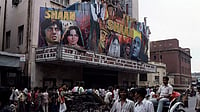A travel writer’s curiosity takes him to the most unexpected regions of the world in search of Paradise, the ultimate spiritual haven. Pico Iyer opens The Half Known Life: In Search of Paradise with his wanderings in Iran, the country that’s currently hitting the headlines for all the wrong reasons. Since Persia gave the world that very specific word for the kind of heavenly bliss only found in a garden, Iran is obviously the best place to start.
However, though he has an assigned guide and driver to keep an eye on his wanderings, Iyer sneaks out of his hotel to enter a shrine forbidden to outsiders with a sympathetic taxi driver as guide — not the best of things one might imagine when you’re talking about a quest for peace. Though Iyer has the advantage of a complexion that can take him through many places of the world from Cuba to the Camerouns unquestioned, he would possibly not have passed an in-depth questioning on Koran as was threatened in Jerusalem.
The Half Known Life takes its name from a quote of Herman Melville suggesting we live in a world surrounded by things we barely know. Iyer explores fragments of knowing and unknowing through places where history and hope collide through his easy poetic descriptions. What emerges through his reminiscences and wanderings —the book is a combination of both— is the fact that the more Paradise changes across continents, the more it remains the same. People guard their vision of the Promised Land with walls, invisible barbed wire, and sanctions.
In Iyer's way of thinking, perhaps a cloistered existence has something to be said for it. He describes his time at public school Eton and how while he and his classmates itched to escape for the holidays, everytime they did, they found that exterior freedom threw up more confusion than otherwise.
The Half Known Life is a combination of musings, travels back in time and actual wandering, since the book was conceived and written during Lockdown. It goes back and forth in time, drawing on Iyer’s travels with his Japanese wife, or the inspiration of his flamboyant friend Nicolas which leads him into the inhospitable Australian outback — another Promised Land.
Kashmir where hope floats enters with memories of Iyer’s mother and his travels there at a slightly more welcoming time. There is an edge of risk to Iyer’s wanderings — he is abused, warned, and forced to change his emails for his own safety in case they are hacked. In North Korea, he wonders whether people share personal insights with each other in case Big Brother is watching. Time frames are fluid in the book since Iyer is flexible with his dates — in Kashmir we eventually learn that he last visited the place seven years after a bus crossed the Line of Control. However, each place brings us a different fragment of Iyer’s own life. Ghostly temples in Japan frighten him and his Japanese wife in the dead of night.
Sri Lanka brings recollections of his father’s Tamil origins — not Iyer’s own since his cloistered English upbringing erased whatever traces of the priestly class there might have been in his consciousness. His wanderings rove through different landscapes exploring different quests for Paradise with references to Thomas Merton the Christian priest whose spiritual life was transformed by a statue of the Buddha in Sri Lanka a few weeks before his death in that country. However, Iyer does mention a fleeting memory of his wife’s alarm that Iyer himself might be transformed by encounters with mysterious smiling statues of the Buddha and her chanting the Heart Sutra to avert any ill influences which is a counterbalance to Merton.
The Dalai Lama, a constant force, also recurs with mentions of Iyer’s travels and encounters in various spaces with a man who China referred to as a demon but who maintained his smile and his quest to serve against all odds.
While each place may be a paradise of sorts, the book is a counterpoint of the various shades of spirituality and the unlikely combinations those throw up. The Half Known Life ends in Varanasi, the world’s nosiest and filthiest haven of spirituality though not necessarily Paradise as the world knows it with the fires of funeral pyres burning round the clock. The random wanderings coming to a standstill with the thought that perhaps a candle burning in a dark alleyway is all the tranquillity the soul requires, filtered through a musing on his sweetheart’s crumbling body.
(The Half Known Life by Pico Iyer was published by Penguin India.)






